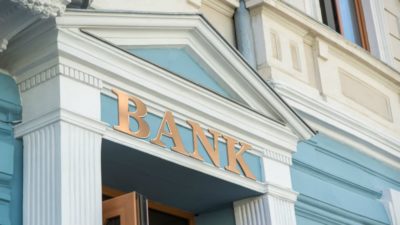On Monday stocks fell globally due to fears surrounding a potential U.S. Federal Reserve rate hike. Boston Federal Reserve president Eric Rosengren said in a speech that the U.S. economy is proving “resilient,” causing many investors to bet the Fed will hike rates again, possibly soon.
The Canadian dollar will almost certainly take a hit if the U.S. decides to continue raising key interest rates. Typically, currencies with higher interest rates tend to have stronger values versus those with lower borrowing rates. Fears of a U.S. rate hike caused the loonie to drop on Monday, despite the fact that Canada added an unexpected 26,000 jobs in August.
The two countries are currently on very different tracks. The Bank of Canada’s key lending rate stands at 0.5% after it cut the figure twice earlier this year. Meanwhile, the U.S. raised rates to 0.5% last December, and, according to Goldman Sachs Group Inc. (NYSE:GS) analyst Jan Hatzius, “The chance of a rate hike by year-end is 80%.”
His new report called the latest payroll report “just enough” for the U.S. Federal Reserve to raise rates this month
While the loonie is set for weakness given rising U.S. interest rates, there is one other area of the Canadian economy that’s set for great pain.
Consumers are bloated with debt and ill-prepared for a downturn
David McKay, the CEO of Royal Bank of Canada (TSX:RY)(NYSE:RY), believes it could take 15 years for Canada to “reinvent itself” after its manufacturing and service sectors began to shrink following the 2009 financial crash. Many of the jobs that were lost in that period simply aren’t coming back.
“So the economy has had to reinvent itself: create new customers and new markets with new products and new manufacturing capability,” he said. “That takes time. That can take a decade; that can take 15 years.”
While the Canadian economy looks to be going through growing pains, the country’s citizens don’t appear to have noticed. This summer Statistics Canada reported that the debt-to-disposable income ratio for the average Canadian is 165%–near record highs. For every $1 of disposable income, the average person now has $1.65 in debt. Canada has seen the largest increase in household debt relative to income of any major developed country since 2000.
Worryingly, the parliamentary budget office also recently released a report predicting that debt levels will continue to rise over the next five years as interest rates normalize. “Household debt-servicing capacity will become stretched further as interest rates rise to ‘normal’ levels over the next five years,” the report said. “Based on PBO’s projection, the financial vulnerability of the average household would rise to levels beyond historical experience.”
If Canada is forced to normalize its own rates to counteract U.S. actions and a weakening loonie, its consumer base could spiral into dangerous territory.
According to a TransUnion report released on September 13, up to one million Canadian borrowers may not be able to absorb the increase in their monthly payments if interest rates rise by just one percentage point. The number of Canadians in trouble could balloon fairly quickly considering approximately seven million Canadian consumers carry a variable-rate mortgage or a line of credit with a variable interest rate.
Expect these issues to grow in importance over the coming years.









